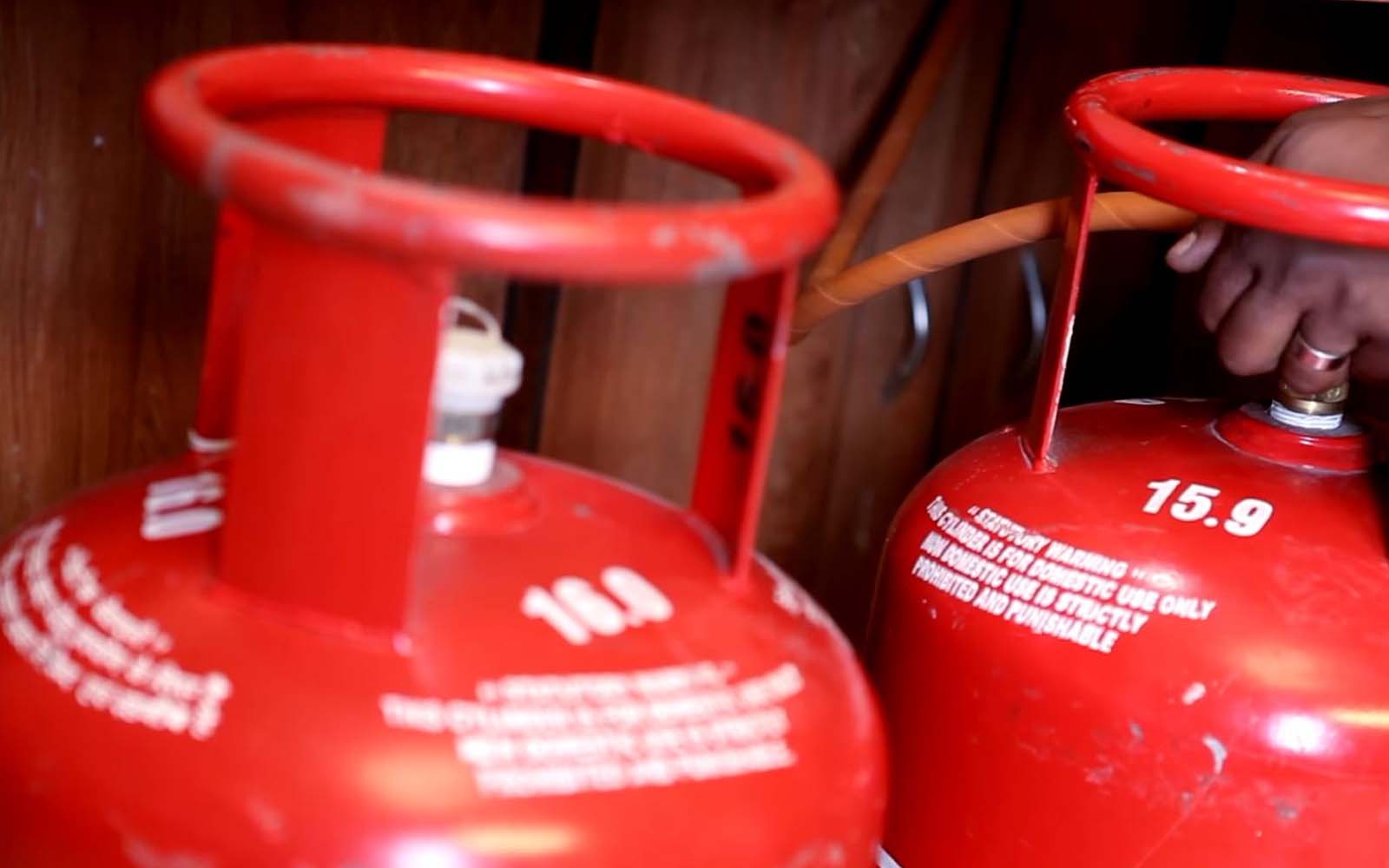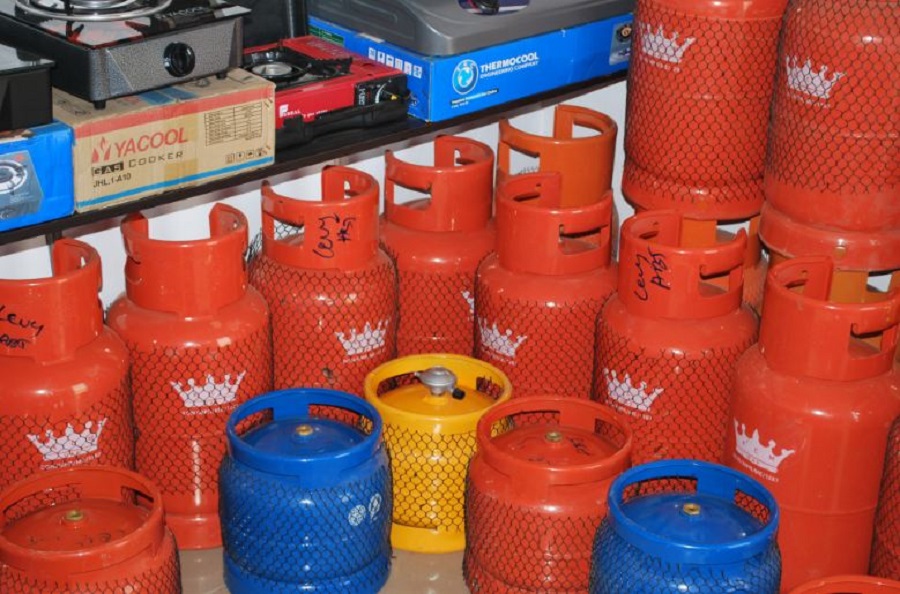Nigeria imported 55.47% of cooking gas, known as Liquefied Petroleum Gas (LPG), consumed in October 2020, with the remaining 44.53% sourced and supplied locally.
This is according to the monthly LPG supply data, provided by the Petroleum Products Pricing Regulatory Agency (PPPRA). The data confirmed steady growth in the import of LPG, compared with the previous month (19.6%) and the corresponding period of 2019 (13.2%).
- Data released by the PPPRA indicated that the total quantity of LPG both imported and sourced locally in October 2020 was 123.27 thousand Metric Tonnes in Vacuum (MT (Vac)).
- Out of this, 68.37 thousand MT (Vac) was imported, and 54.90 thousand MT (Vac) was sourced locally.
(READ MORE: EndSARS: A day by day timeline of the protest that has brought Nigeria to its knees)
- Imports grew by 19.6% in October, compared with September and by 13.2% compared to the corresponding period of 2019.
- On the other hand, LPG sourced locally declined by 30.8%, compared with the previous month. However, it grew significantly by 219.3% compared with the corresponding period of 2019.
- NIPCO, with Port of Discharge at BOP, Apapa and PWA, Lagos, was the highest importer of the commodity into the country in October 2020, with 32.67 thousand MT (Vac) of LPG, representing 47.8% of the total import and 26.5% of total LPG supplied in the period under review.
- The other importers, according to the data, includes Matrix Energy, 12.46 thousand MT (Vac); Algasco LPG Services Limited, a subsidiary of Vitol, 13.82 thousand MT (Vac); Prudent, 5.63 thousand MT (Vac); and Hyson, 3.80 thousand MT (Vac).
- The origin of the imported LPG was the USA and Equatorial Guinea. The USA supplied 50.27 thousand MT (Vac), representing 73.5%, while Equatorial Guinea supplied 18.10 thousand MT (Vac), representing 26.5%. Imported LPG was discharged at BOP, Apapa; Matrix Jetty, Warri; PWA, Lagos, and Prudent Energy Jetty, Oghara.
(READ MORE: FG gives reasons for fuel subsidy removal, discloses alternative to kerosene)
- NIPCO was responsible for 26.42 thousand MT (Vac) of the total 54.90 thousand MT (Vac) sourced locally in October 2020; Algasco sourced 13.20 thousand MT (Vac); Stockgap Fuels Limited sourced 8.19 thousand MT (Vac), and Rainoil sourced 7.08 MT (Vac).
- The origin of the locally sourced LPG was NLNG, Bonny and BRT. NLNG supplied 47.82 thousand MT (Vac), representing 87.1%; while BRT supplied 7.08 thousand MT (Vac) representing 12.9%. Local LPG was discharged at PWA, Lagos; Rainoil Jetty, Lagos; Lister Jetty, Apapa; and Stockgap Jetty, Port Harcourt.
What this means
The 30.8% decline in local supply compared to the previous month is particularly worrying, considering the huge proven gas reserves in the country estimated at over 200 trillion cubic feet.
However, the 219.3% increase compared to the corresponding period in 2019 may mean that all is well. The 55.1% increase in locally sourced LPG from 35.40 thousand MT (Vac) in August to 54.90 thousand MT (Vac) in October 2020 appears to further confirm there may be no cause for alarm.
Notwithstanding the improvement, the country needs to make concerted efforts towards developing facilities and capabilities needed to improve local production of LPG, since it has abundant gas reserves.
What you should know
It may be argued that efforts are being made towards improving on what is currently obtainable. In this context, Nairametrics reported that the country has increased its LPG storage capacity to 69,968 Metric Tonnes. The latest addition being the 8,400 MT Tonnes capacity built by Techno Oil in Kirikiri, Lagos.





















This is what the evil Terriest have demolished the country and there foolish ways NIGERIA IS DEAD LET IT SINK IN TO THE DEPTHS OF HELL. ISEEE ISEE ISEE